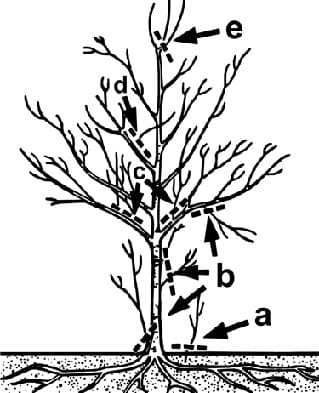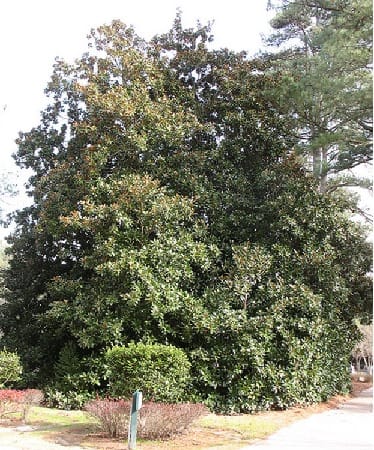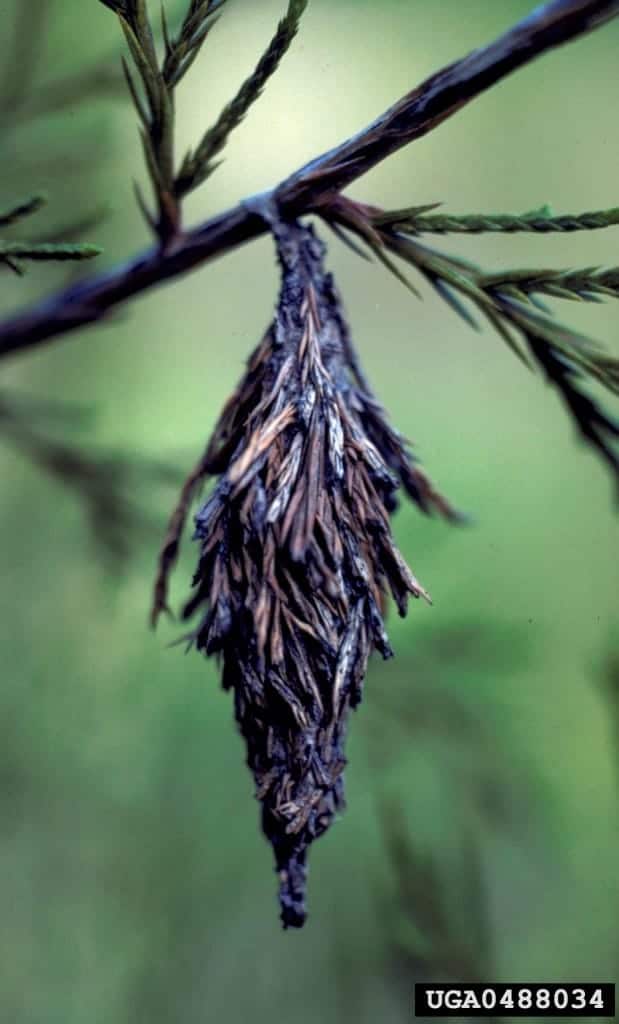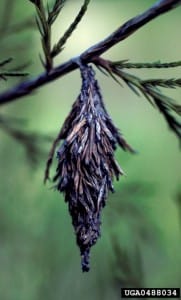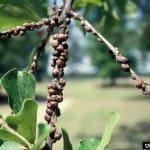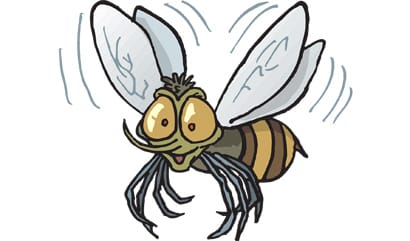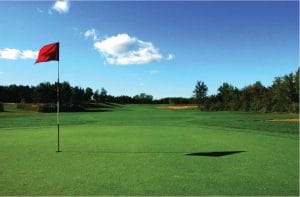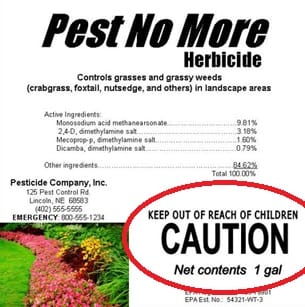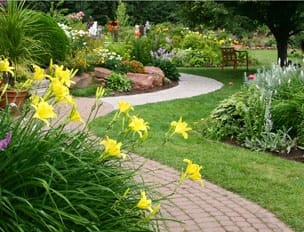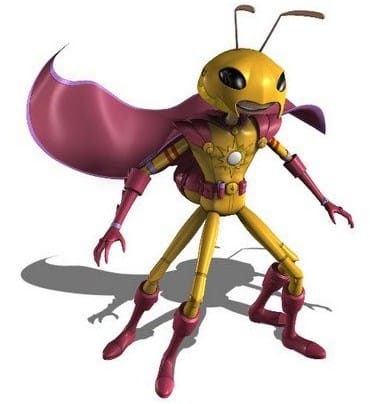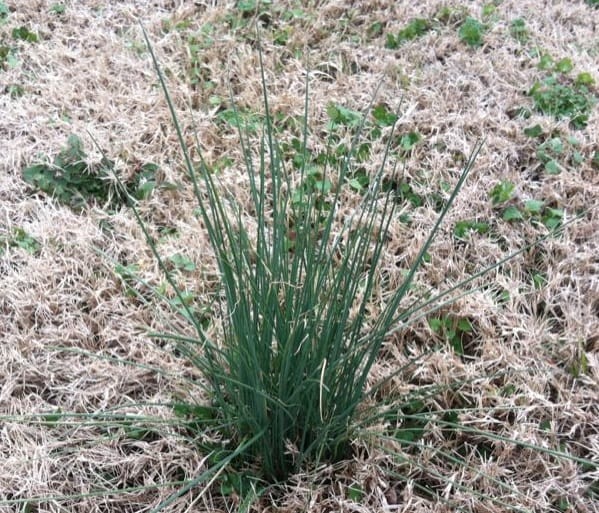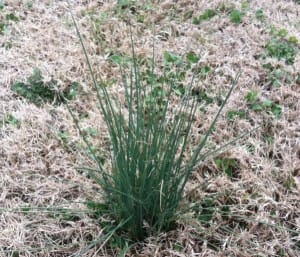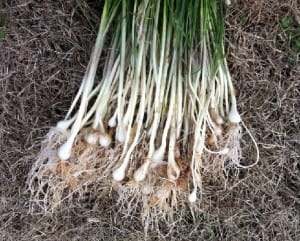This info edited from Pruning ornamental plants in the landscape
Pruning deciduous trees (trees that lose their leaves in the winter)
Trees are like children; training at an early age will influence how they develop. Many people are reluctant to prune a young tree, particularly when it is nothing more than a single stem or a few scrawny branches, but this is precisely when pruning should begin.
Ideally, deciduous shade trees (those that lose their leaves during the winter) and flowering trees should have one central trunk (leader) and five to eight strong lateral branches along the main trunk. Major limbs should begin about 5 feet above the ground and have good spacing around the main trunk.
Once the framework (trunk and main branches) of the tree is established, some annual maintenance pruning will be required. Each tree is different in its growth habit, vigor and pruning requirements, but there are some general considerations that may help direct your pruning decisions:
- A major limb growing at a narrow angle to the main trunk (less than a 45-degree angle) is likely to develop a weak crotch and may split during heavy winds and ice loads. Remove branches that have narrow crotch angles.
- Remove branches that grow inward or threaten to rub against nearby branches (Figure 10).
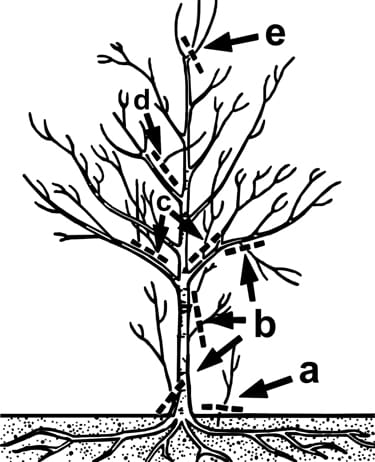
- Remove branches that grow downward from the main limbs which may interfere with mowing and other maintenance practices.
- Prune branches damaged by insects, diseases, winter cold or storms below the damaged area. Prune branches of pear, pyracantha or loquat damaged by fireblight disease several inches below the infection. To prevent spreading the disease, sterilize pruning tools between cuts by dipping the blades in rubbing alcohol or a solution prepared from one part house-hold bleach to 10 parts water.
- Trees such as Bradford pear, ornamental cherry, crabapple and ornamental plum form vigorous shoots (or suckers) at the base of the trunk and many upright succulent shoots (or watersprouts) along the main branches. These shoots starve the tree of valuable nutrients and detract from the tree’s overall appearance. Remove them while they are young.
Some trees develop upright shoots that compete with the main trunk for dominance. Remove these shoots if you want to maintain a conical or pyramidal growth habit.
Broadleaf evergreens, like magnolias and hollies, usually require little or no pruning. In fact, most develop a naturally symmetric growth habit when left alone. Low-sweeping branches at ground level lend a natural southern charm to our landscapes.
You may want to prune some during the early life of the tree to balance the growth or to eliminate multiple trunks and/or multiple leader branches. Otherwise, routine annual pruning is not recommended.
For more information see Pruning ornamental plants in the landscape
